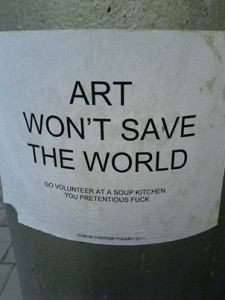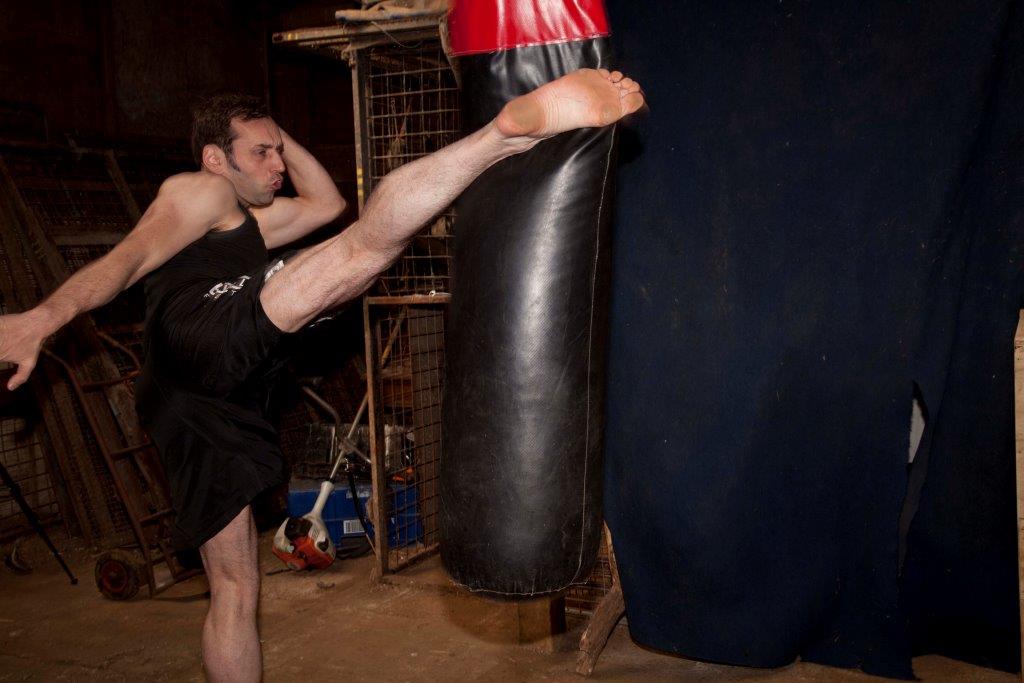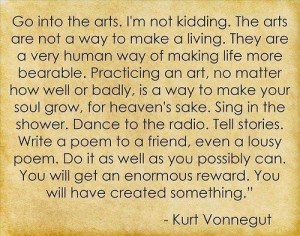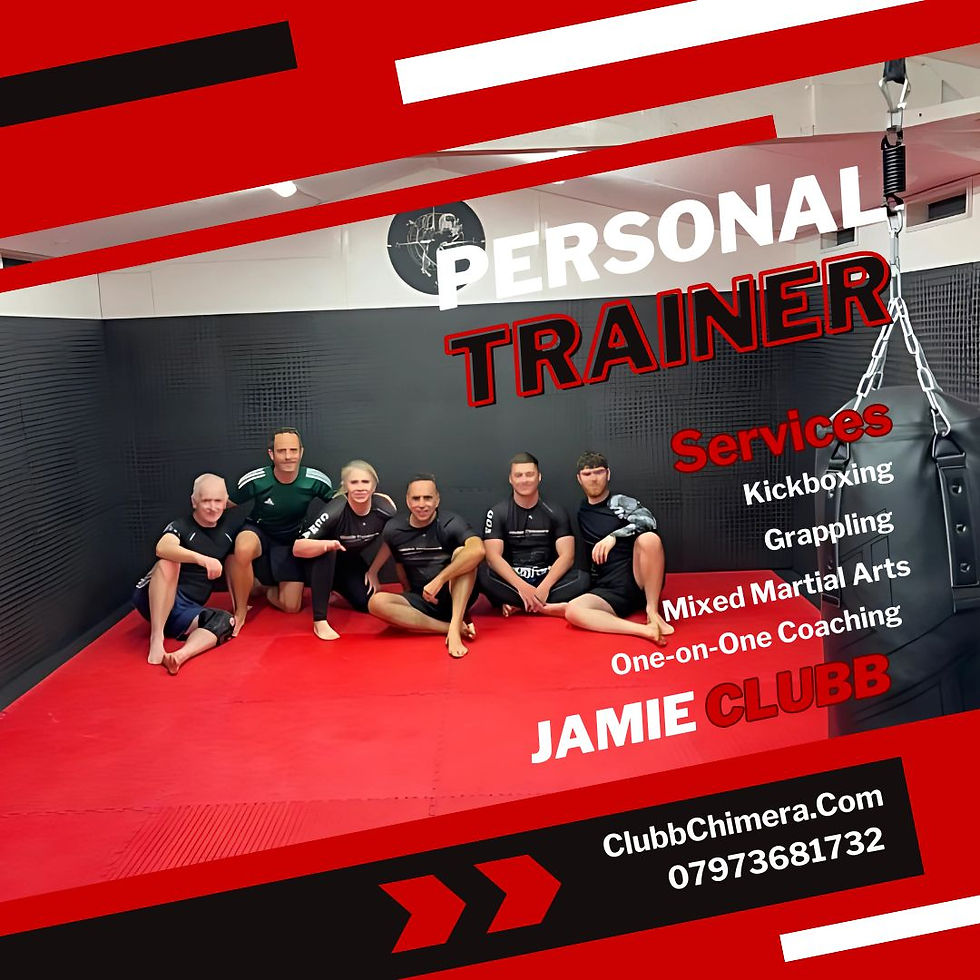The Martial "Art"
- jamie03066
- Nov 5, 2013
- 7 min read
– Oscar Wilde
If you are involved long enough in martial arts you will inevitably arrive at the game of semantics known as "Define a martial art". This can become a heated philosophical discussion or a rapid nerdy descent into pedantry. The dictionary definition for martial arts, which usually labels them as systems of fighting from the Far East, is not helpful in deciding this one either. The prolific martial arts writer and historian, Robert W. Smith, struggled over the term “martial art” in his reflective book, “Martial Musings”. Smith was not happy with the accuracy of the term and preferred “combatives”. However, this term is most popularly used as an alternative to “reality-based self-defence”. Some students of combat systems make a strong point of distancing themselves from martial arts, mainly because of the "art" word and here we arrive at the nub of my post. The more I stand back and look, the more I have come to realize that the world of fighting systems shares an extraordinary amount with the art world. So, for a change, rather than debating the martial aspect maybe we should embrace or at least recognize its place as an art.
Just as martial artists squabble over what is and isn’t a martial art, the art world have their own inherent issues regarding what qualifies as art. Ever since the arrival of modernism, the art world has been challenged to define what constitutes art. What is good art and what is bad art? What is art and what is craft? My attention was recently drawn to the 2013 Reith Lectures and these very questions being asked. It amused me to link Grayson Perry's lectures on my Clubb Chimera Martial Arts Facebook group. As broadminded and liberal as many people in contemporary martial arts like to claim, the image of a flamboyant cross-dresser talking about the intellectual dimensions of art does not sit well with many people involved the macho world of pragmatic fighting. CCMA's interests lie in developing good strategies and tactics in self-protection and mixed martial arts. Post up videos of street fights, full contact matches and hard-core training methods and you will generate interest. You will get discussion regarding action movies that feature martial arts, which are fun and of some subcultural interest, and people are often enthusiastic to discuss the "state of affairs" in the world of martial arts teaching probably due to our innate desire to gossip about our own subculture and politics. When you start branching off into the soft skills, such as psychology and criminology the contributors to the discussion start to wane a bit. This is the online version of the glazing over and fidgeting in the class that many self-protection instructors see in martial artists when they are going through the all-important personal security (soft or non-physical skills) side of the training. , when I get excited because Perry's wry observations about how art is graded and how I can see how much of it bears undeniable resemblances to martial arts, my enthusiasm does not appear to be very infectious.
Nevertheless, I persist because, for reasons first outlined in my article "Taking it on the Chin and Listening to Fools", martial arts has failed to become a recognizable science. It might use science and scientific reasoning, but the whole industry and subculture does not prescribe to the scientific model. In fact, many systems have far more in common with religion due to business concerns and its underlying tribal nature. However, virtually all fall into the art trap and I wonder whether that is a bad place to fall. It might be its natural home.
Perry had an art exhibition in homage to Sigmund Freud's view that people often loathe their neighbours. Perry noted that pottery would inevitably be classed as craft, as it was too close to art. Yet something like a toilet, which is perhaps one of the most functional items one could imagine, can be taken out of its usual context and be called art. The same can be found in most martial arts clubs. Karateka tend to have issues with the rest of the traditional martial arts world and particularly other karateka and especially with other karateka who claim the same lineage. From my personal experience, some of the most acidic attacks I have received on what I do (and who I am) have come from other people involved in modern self-protection teaching and martial arts cross training. By contrast I tend to get on very well with traditional martial artists and combat sportspeople. From a philosophical standpoint, modern self-defence is often a direct critique of traditional martial arts and combat sports.
However, since it has matured along its own path, teachers and students start finding their biggest irritations come from the branches closest to them. The split from the base where sports and tradition also have their origins is comfortably in the past, and the modern fighting systems have come of age. Therefore, more traditionalists and modernists are looking each other for knowledge and common ground, secure that their own art is not being compromised. I am not sure if this has anything to do with Freud's projection theories, but more to do with identification. Like the artist who wishes to distinguish himself from the functional world of craft, the martial artist best establishes his style's uniqueness by decrying his closest relative. I guess one might make the argument that as martial arts falls somewhere between art (talent and technique) and science (knowledge), it could be defined as a craft. However, despite the boundaries being very blurred – as Perry states in one of his lectures – craft tends to have an obvious use outside of pure artistic appreciation. However, there are aspects of martial art that are so divorced from function, besides attaining a degree of physical health, that they could never fit the category of craft. When the issue of art and craft comes to mind, I think of the famous comedy writers, Ray Galton and Alan Simpson. The duo made the adamant point of declaring themselves craftsman rather than artists. This might have something to do with their staunch socialist leanings and the way they treated their work as a job, finishing on time to have a drink down their local pub. They regularly had a dig at pretentiousness through the medium of their creations too. Back in the 1950s Tony Hancock’s radio character was regularly portrayed as a pompous fool who believed he was an intellectual and artistic genius. We see him meshing politics and art as he became part of a Bohemian radical socialist club in The Poetry Society. The episode is a hilarious send-up of the subjective nature of art, as demonstrated by the Bill Kerr playing a naïve dimwit who is mistaken for a genius, and how academics can easily be manipulated by the canny opportunist, as demonstrated by Sid James who plays his usual roguish role in the series. Galton and Simpson’s movie with Tony Hancock, The Rebel, is a complete satire on the art world and the over-achiever. In his interview prior to the Reith Lectures, Perry argued his indignation when his TV series was referred to as art. He was adamant he was using a televisual medium and it was not to be viewed as art. This is provides us with another reason why a martial artist might well fit the description of artist. He takes on many roles. An upcoming piece of mine (it is 16.5k words long, so I think it is misleading to call it an “article”) touches upon the martial artist's desperation to justify their training. In a civilized world, we become embarrassed to say that we are training in a past-time that has the main defining characteristic of being about violence. Not only does it contradict the lifestyle most of us lead in the developed world, it flies in the face of reason. Unless you live in a very bad neighbourhood or you are professionally engaged in a security or military profession, you are highly unlikely to encounter interpersonal violence if you don't go looking for trouble. Of course, you are not really likely to drown or face a variety of other hazards that we train ourselves and our children against, but it is sensible to have the precautions in place just in case. However, it rarely warrants continuous practise over a long period of time. The health and mental benefits are also often just as silly reason why we choose to dedicate so much time to martial arts training. We just need to admit unashamed enjoyment once in a while. Some will feel shallow to admit the fun element and they have a point. Perry also notes that although he supports mischief in art, making something too comical can degrade its artistic appreciation. I definitely feel more martial artists need to take themselves less seriously, but clearly the heavy investment they put into their chosen art warrants some degree of recognition. There is a beauty anyone can see in the grace and skill of a well-performed creative form or choreographed fight scene. There is another type of artistic appreciation one can have when a more traditional form is performed – with the complete absence of realistic application - much in the same way that I guess ballet is judged. I used to be a part of the performance-based side of martial arts, so I do not have a prejudice against the systems being represented in this way. The debate only opens up here when the promoters of the creative or “extreme” acrobatic side attempt to offer an abstract justification. Likewise, performing a classical form for a type aesthetic However, I also appreciate the art behind perfectly timed strikes in a boxing match and the sheer euphoria one experiences when a complicated submission is pulled off during a grappling bout. It amuses me to see the high kicks and flying submissions that are being applauded today in the context of sport by the same people who jeered at the “flashy stuff” being demonstrated in mainstream martial arts. This is art though. Being able to outmanoeuvre another trained, physically fit player and beating them with a move I wouldn’t dream of teaching in a self-defence class, is an indescribable feeling of accomplishment. It might just be an alpha male urge, but appears to transcend that feeling, which could be accomplished by simply winning or utterly dominating an opponent. There is somehow something very validating in being able to use an abstract skill to its full capacity. Even in the functional fitness side of training, I find myself exploring art-forms - like trapeze and handstands - that take the development of the core to another level. My reasoning was to look at how they might help with various areas of physical martial arts techniques, but there are times when I veer close to my "Calypso Effect". Martial arts are not easy to define when you start taking into consideration the vast range of objectives people bring their reasons for training in them. By understanding art more, however, I think we might assuage some the guilt that is brought on by martial artists who feel a need to justify their training. Meanwhile the next time someone asks you to define martial arts point theme towards the Bayeux Tapestry.
















Comments